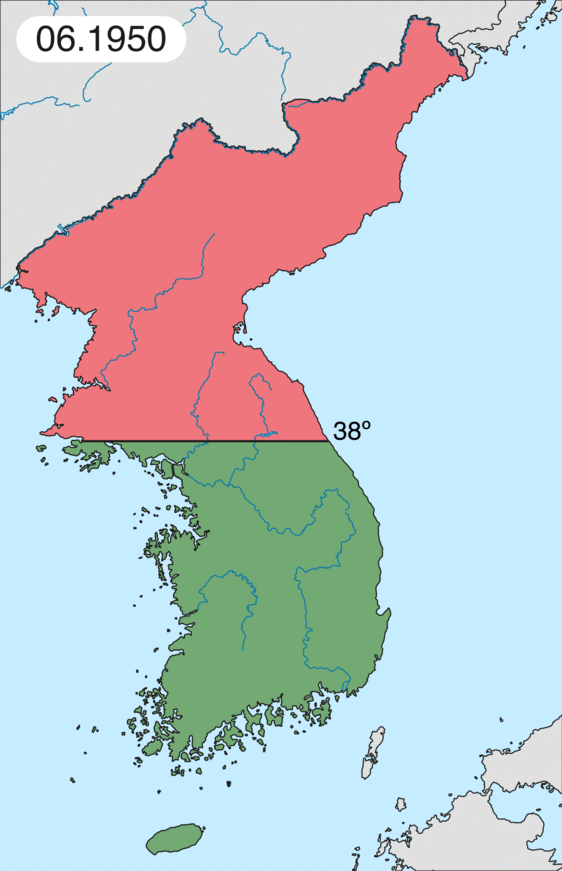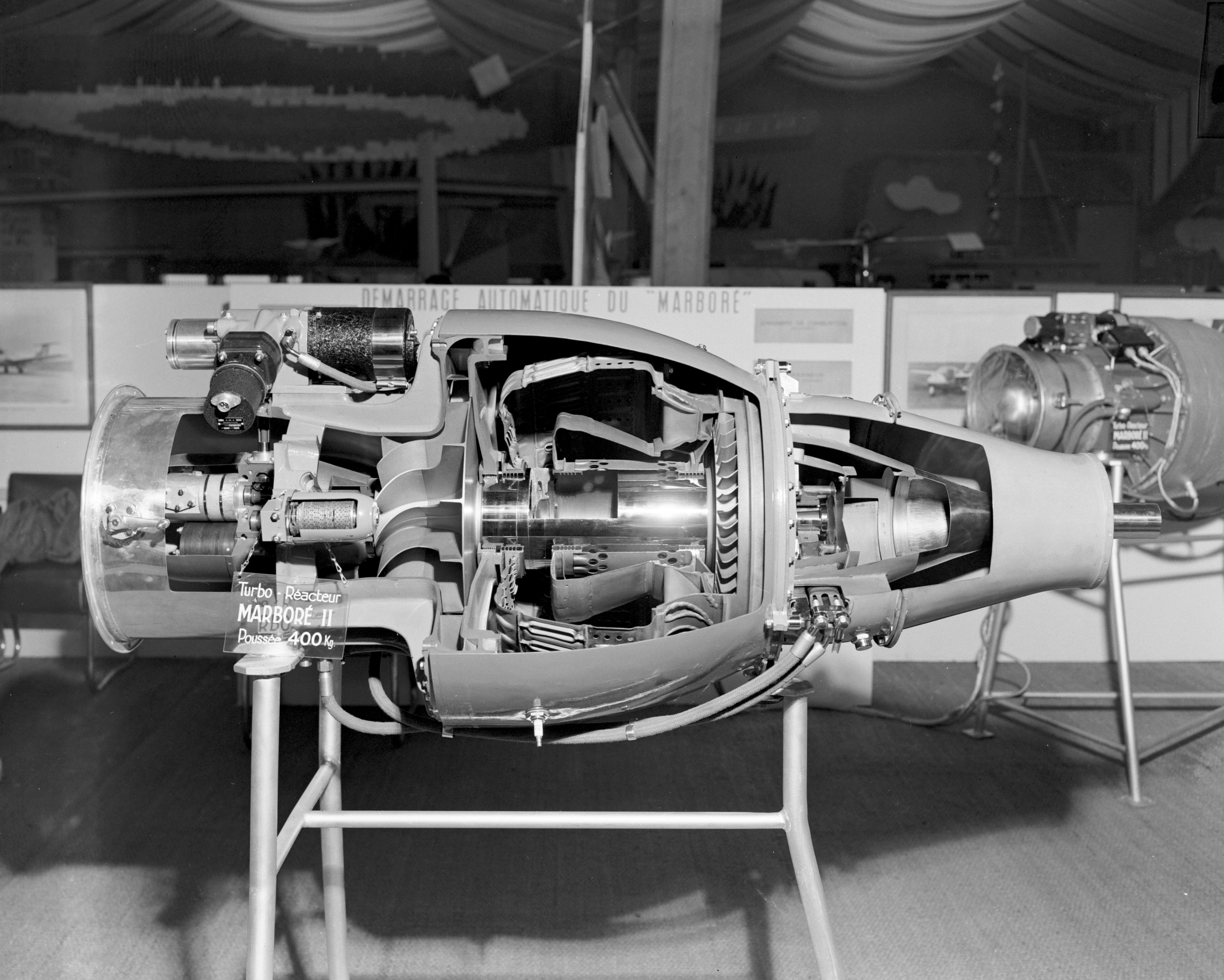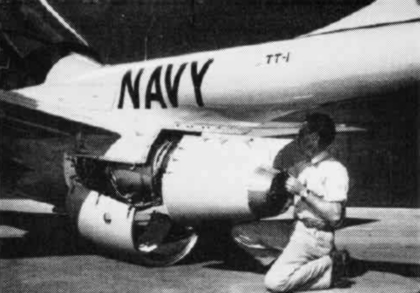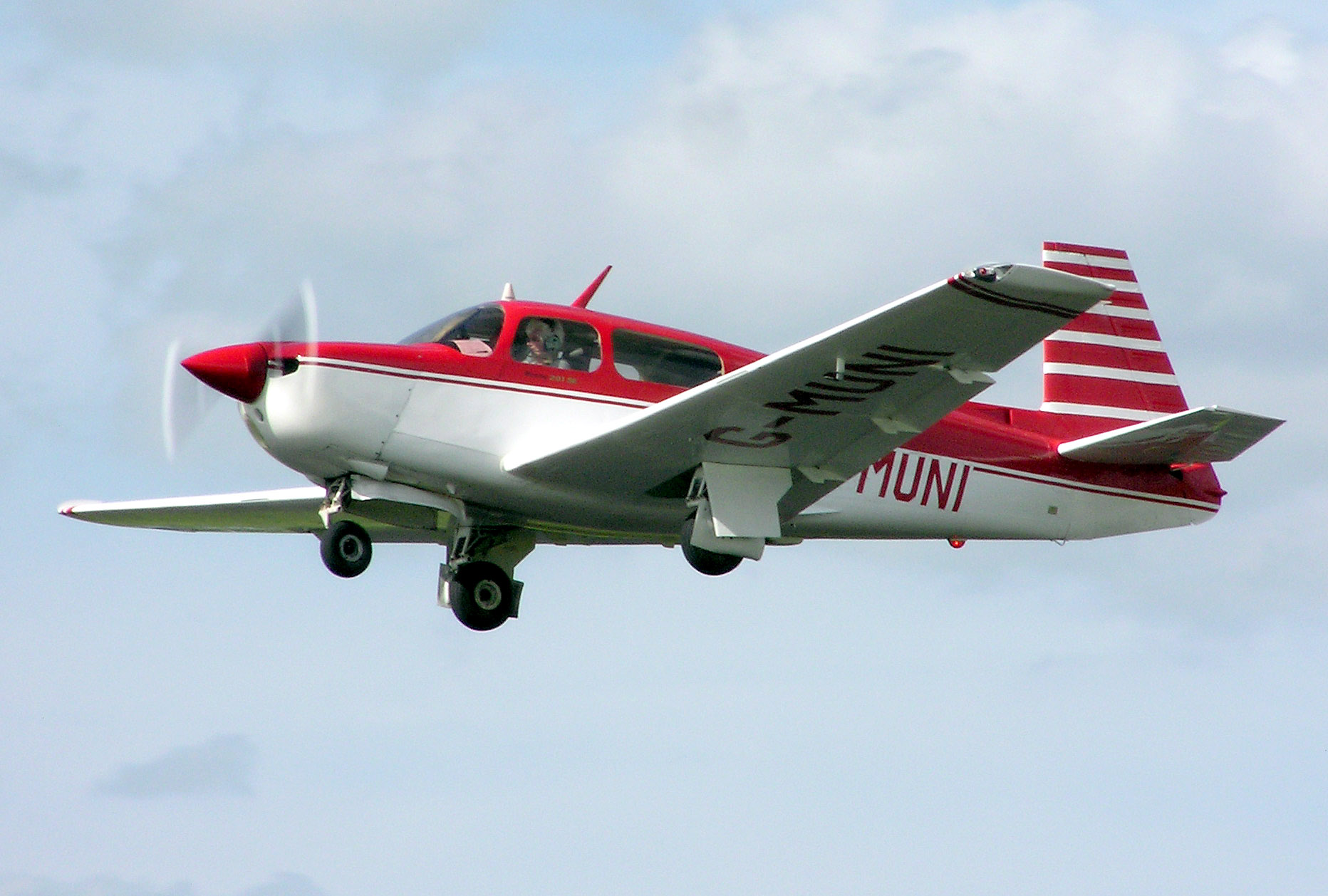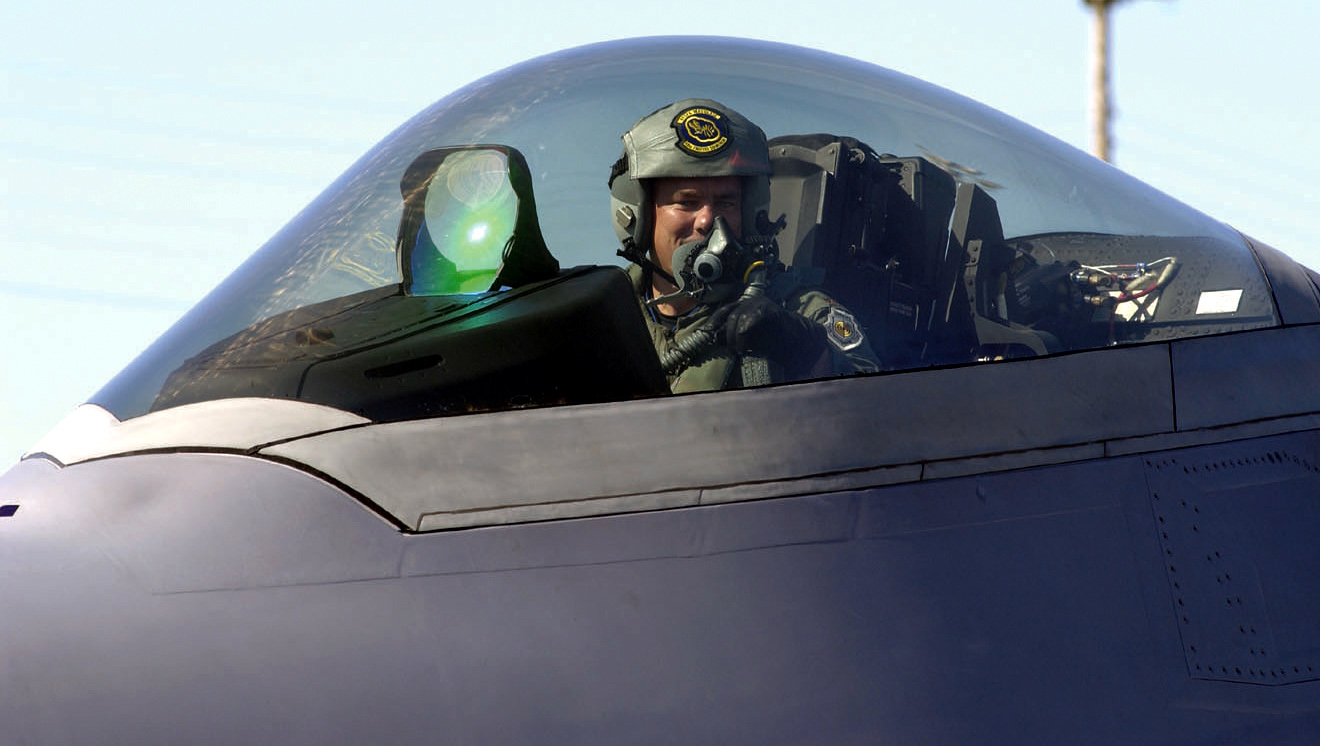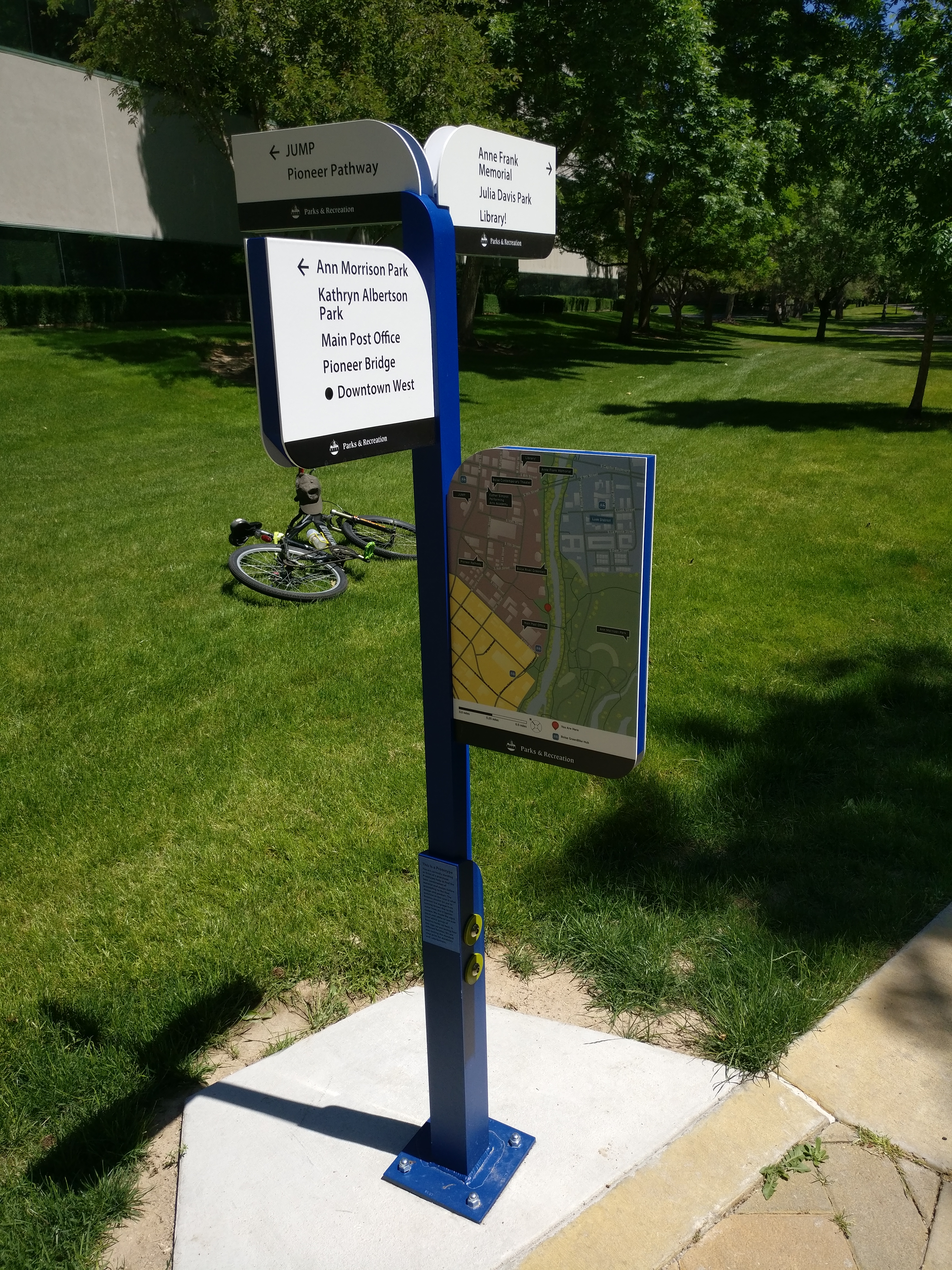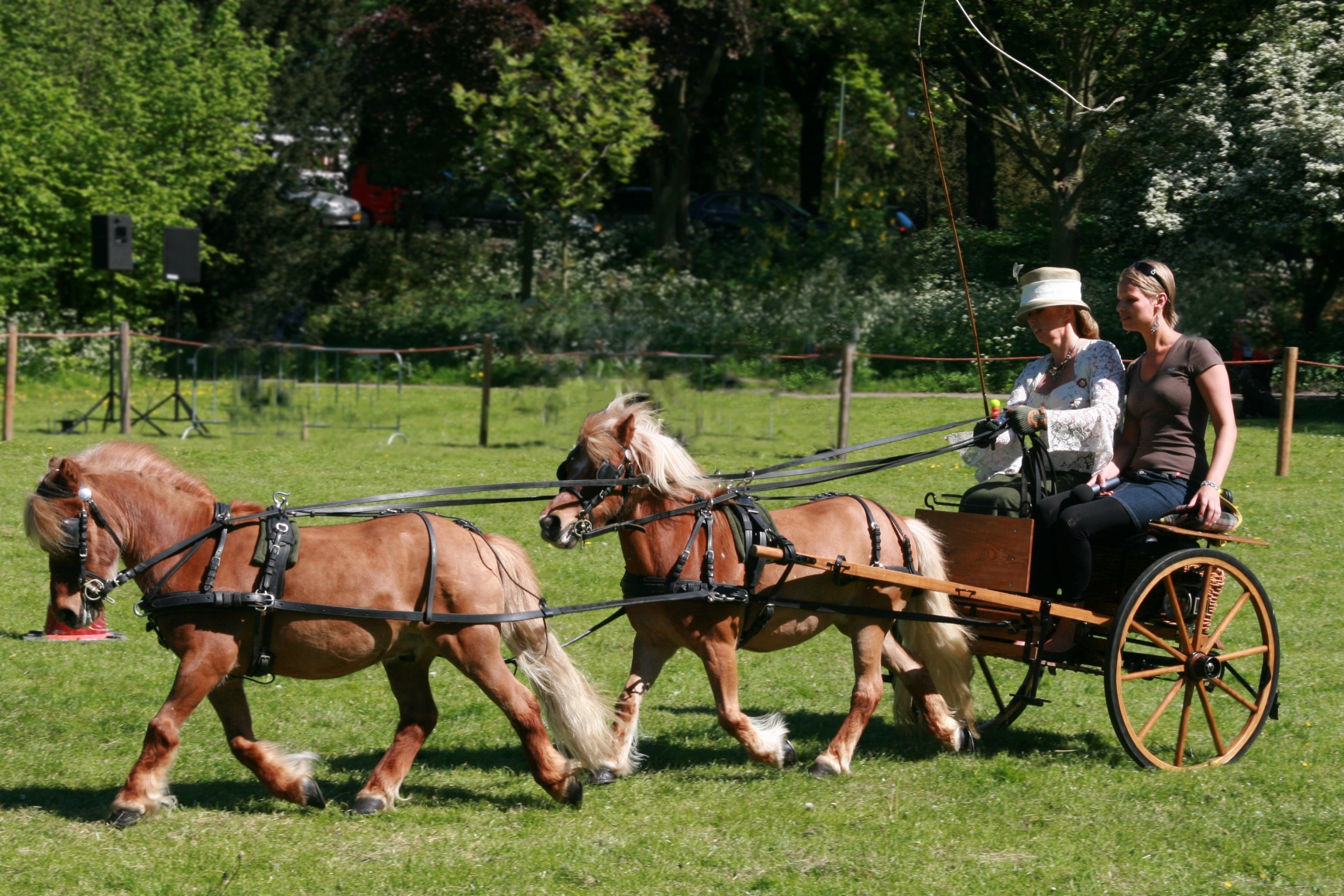|
Cessna T-37 Tweet
The Cessna T-37 Tweet (designated Model 318 by Cessna) is a small, economical twin-engined jet trainer type which flew for decades as a primary trainer for the United States Air Force (USAF) and in the air forces of several other nations. The T-37C was also capable of light attack. The A-37 Dragonfly variant served in the light attack role during the Vietnam War and continues to serve in the air forces of several South American nations. DoD 4120-15L, ''Model Designation of Military Aerospace Vehicles'' US DoD, 12 May 2004. The T-37 served as the U.S. Air Force's primary pilot training vehicle for over 52 years after its first flight. After completing initial training in the Tweet, students moved on to other advanced Air ... [...More Info...] [...Related Items...] OR: [Wikipedia] [Google] [Baidu] |
WikiProject Aircraft
A WikiProject, or Wikiproject, is a Wikimedia movement affinity group for contributors with shared goals. WikiProjects are prevalent within the largest wiki, Wikipedia, and exist to varying degrees within Wikimedia project, sister projects such as Wiktionary, Wikiquote, Wikidata, and Wikisource. They also exist in different languages, and translation of articles is a form of their collaboration. During the COVID-19 pandemic, CBS News noted the role of Wikipedia's WikiProject Medicine in maintaining the accuracy of articles related to the disease. Another WikiProject that has drawn attention is WikiProject Women Scientists, which was profiled by ''Smithsonian Magazine, Smithsonian'' for its efforts to improve coverage of women scientists which the profile noted had "helped increase the number of female scientists on Wikipedia from around 1,600 to over 5,000". On Wikipedia Some Wikipedia WikiProjects are substantial enough to engage in cooperative activities with outside organization ... [...More Info...] [...Related Items...] OR: [Wikipedia] [Google] [Baidu] |
Korean War
{{Infobox military conflict , conflict = Korean War , partof = the Cold War and the Korean conflict , image = Korean War Montage 2.png , image_size = 300px , caption = Clockwise from top:{{Flatlist, * A column of the U.S. 1st Marine Division's infantry and armor moves through Chinese lines during their breakout from the Chosin Reservoir * UN landing at Incheon harbor, starting point of the Battle of Incheon * Korean refugees in front of a U.S. M46 Patton tank * U.S. Marines, led by First Lieutenant Baldomero Lopez, landing at Incheon * F-86 Sabre fighter aircraft , date = {{Ubl, 25 June 1950 – 27 July 1953 (''de facto'')({{Age in years, months, weeks and days, month1=6, day1=25, year1=1950, month2=7, day2=27, year2=1953), 25 June 1950 – present (''de jure'')({{Age in years, months, weeks and days, month1=6, day1=25, year1=1950) , place = Korean Peninsula, Yellow Sea, Sea of Japan, K ... [...More Info...] [...Related Items...] OR: [Wikipedia] [Google] [Baidu] |
Turbomeca Marboré
The Turbomeca Marboré is a small turbojet engine that was produced by Turbomeca from the 1950s into the 1970s. The most popular uses of this engine were in the Fouga CM.170 Magister and the Morane-Saulnier MS.760 Paris. It was also licensed for production in the United States as the Teledyne CAE J69. The original Marboré, as well as Marboré III, IV, and V were not produced in significant numbers. A typical weight for this series of engines is . Fuel consumption is on the Marboré VI at , as compared to on Marboré II engines (same altitude), as well as an increase of fuel consumption of 27% and a decrease in cruise range capabilities.CM-170 Flight Tests, Airplane Cruise Performance Charts, and Aircraft Flight Manuals Variants ;Marboré I:Prototypes and test examples ;Marboré II:The first major production version was the Marboré II, which had a maximum thrust of at 22,500 rpm. In its most basic form, it is a single-spool, centrifugal compressor turbojet. Fuel cons ... [...More Info...] [...Related Items...] OR: [Wikipedia] [Google] [Baidu] |
France
France (), officially the French Republic ( ), is a country primarily located in Western Europe. It also comprises of overseas regions and territories in the Americas and the Atlantic, Pacific and Indian Oceans. Its metropolitan area extends from the Rhine to the Atlantic Ocean and from the Mediterranean Sea to the English Channel and the North Sea; overseas territories include French Guiana in South America, Saint Pierre and Miquelon in the North Atlantic, the French West Indies, and many islands in Oceania and the Indian Ocean. Due to its several coastal territories, France has the largest exclusive economic zone in the world. France borders Belgium, Luxembourg, Germany, Switzerland, Monaco, Italy, Andorra, and Spain in continental Europe, as well as the Netherlands, Suriname, and Brazil in the Americas via its overseas territories in French Guiana and Saint Martin. Its eighteen integral regions (five of which are overseas) span a combined area of ... [...More Info...] [...Related Items...] OR: [Wikipedia] [Google] [Baidu] |
Turbojet
The turbojet is an airbreathing jet engine which is typically used in aircraft. It consists of a gas turbine with a propelling nozzle. The gas turbine has an air inlet which includes inlet guide vanes, a compressor, a combustion chamber, and a turbine (that drives the compressor). The compressed air from the compressor is heated by burning fuel in the combustion chamber and then allowed to expand through the turbine. The turbine exhaust is then expanded in the propelling nozzle where it is accelerated to high speed to provide thrust. Two engineers, Frank Whittle in the United Kingdom and Hans von Ohain in Germany, developed the concept independently into practical engines during the late 1930s. Turbojets have poor efficiency at low vehicle speeds, which limits their usefulness in vehicles other than aircraft. Turbojet engines have been used in isolated cases to power vehicles other than aircraft, typically for attempts on land speed records. Where vehicles are "turbine ... [...More Info...] [...Related Items...] OR: [Wikipedia] [Google] [Baidu] |
Teledyne CAE J69
The Teledyne CAE J69 was a small turbojet engine originally produced by Continental Aviation and Engineering (CAE) under license from Turbomeca. The J69 was a development of the Turbomeca Marboré II. It powered a number of U.S. drones, missiles and small aircraft. The engine was later produced by Teledyne CAE. The J69 was also developed into the Teledyne CAE J100 turbojet optimized for operation at higher altitudes. Variants ''Data from:''Aircraft engines of the World 1957 ;J69-T-1: (Marboré I) at 23,000 rpm. ;J69-T-3: at 22,500 rpm for take-off. ;J69-T-6: ;J69-T-9: ;J69-T-17: ;J69-T-19: ;J69-T-19A: ;J69-T-19B: ;J69-T-23: ;J69-T-25: ;J69-T-27: ;J69-T-29: ;J69-T-31: ;J69-T-33: ;J69-T-39: ;J69-T-41: ;J69-T-41A: ;J69-T-406: ;J100-CA-100: thrust ;CJ69-1025: ;CJ69-1400: lb thrust ;Model 352: ;Model 352A: ;Model 352-5a: (CJ69-T-1025) thrust ;Model 354-12: (J69-T-27) thrust ;Model 356-7A: (J69-T-29) thrust ;Model 356-7D: (J69-T-29) thrust ;Model 356-8: (J69-T-31) thrust ;M ... [...More Info...] [...Related Items...] OR: [Wikipedia] [Google] [Baidu] |
Foreign Object Damage
In aviation and aerospace, foreign object debris (FOD), is any particle or substance, alien to an aircraft or system, which could potentially cause damage. External FOD hazards include bird strikes, hail, ice, sandstorms, ash-clouds or objects left on the runway. Internal FOD hazards include items left in the cockpit that interfere with flight safety by getting tangled in control cables, jam moving parts or short-out electrical connections. The term FOD is used to describe both the foreign objects themselves, and any damage attributed to them. Jet engine design and FOD Modern jet engines can suffer major damage from even small objects being sucked into the engine. The FAA (Federal Aviation Administration) requires that all engine types pass a test which includes firing a fresh chicken (dead, but not frozen) into a running jet engine from a small cannon. The engine does not have to remain functional after the test, but it must not cause significant damage to the rest of the ... [...More Info...] [...Related Items...] OR: [Wikipedia] [Google] [Baidu] |
Tricycle Gear
Tricycle gear is a type of aircraft undercarriage, or ''landing gear'', arranged in a tricycle fashion. The tricycle arrangement has a single nose wheel in the front, and two or more main wheels slightly aft of the center of gravity. Tricycle gear aircraft are the easiest for takeoff, landing and taxiing, and consequently the configuration is the most widely used on aircraft.Crane, Dale: ''Dictionary of Aeronautical Terms, third edition'', page 524. Aviation Supplies & Academics, 1997. Aviation Publishers Co. Limited, ''From the Ground Up'', page 11 (27th revised edition) History Several early aircraft had primitive tricycle gear, notably very early Antoinette planes and the Curtiss Pushers of the pre-World War I Pioneer Era of aviation. Waldo Waterman's 1929 tailless '' Whatsit'' was one of the first to have a steerable nose wheel. In 1956, Cessna introduced sprung-steel tricycle landing gear on the Cessna 172. Their marketing department described this as "Land-O-Matic" ... [...More Info...] [...Related Items...] OR: [Wikipedia] [Google] [Baidu] |
Ejection Seat
In aircraft, an ejection seat or ejector seat is a system designed to rescue the pilot or other crew of an aircraft (usually military) in an emergency. In most designs, the seat is propelled out of the aircraft by an explosive charge or rocket motor, carrying the pilot with it. The concept of an ejectable escape crew capsule has also been tried. Once clear of the aircraft, the ejection seat deploys a parachute. Ejection seats are common on certain types of military aircraft. History A bungee-assisted escape from an aircraft took place in 1910. In 1916, Everard Calthrop, an early inventor of parachutes, patented an ejector seat using compressed air. The modern layout for an ejection seat was first introduced by Romanian inventor Anastase Dragomir in the late 1920s. The design featured a ''parachuted cell'' (a dischargeable chair from an aircraft or other vehicle). It was successfully tested on 25 August 1929 at the Paris-Orly Airport near Paris and in October 1929 ... [...More Info...] [...Related Items...] OR: [Wikipedia] [Google] [Baidu] |
Aircraft Canopy
An aircraft canopy is the transparent enclosure over the cockpit of some types of aircraft. An aircraft canopy provides a controlled and sometimes pressurized environment for the aircraft's occupants, and allows for a greater field of view over a traditional flight deck. A canopy's shape is a compromise designed to minimize aerodynamic drag, while maximizing visibility for pilots and other crewmembers. History Very early aircraft had no canopies. The pilots were exposed to the wind and weather, although most flying was done in good weather. Through World War I most aircraft had no canopy, although they often had a small windshield to deflect the prop wash and wind from hitting the pilot in the face. In the 1920s and 1930s, the increasing speed and altitude of airplanes necessitated a fully enclosed cockpit and canopies became more common. Early canopies were made of numerous pieces of flat glass held in position by a frame and muntins. The muntins reduced visibility, wh ... [...More Info...] [...Related Items...] OR: [Wikipedia] [Google] [Baidu] |
Prototype
A prototype is an early sample, model, or release of a product built to test a concept or process. It is a term used in a variety of contexts, including semantics, design, electronics, and software programming. A prototype is generally used to evaluate a new design to enhance precision by system analysts and users. Prototyping serves to provide specifications for a real, working system rather than a theoretical one. In some design workflow models, creating a prototype (a process sometimes called materialization) is the step between the formalization and the evaluation of an idea. A prototype can also mean a typical example of something such as in the use of the derivation 'prototypical'. This is a useful term in identifying objects, behaviours and concepts which are considered the accepted norm and is analogous with terms such as stereotypes and archetypes. The word ''prototype'' derives from the Greek , "primitive form", neutral of , "original, primitive", from πρ� ... [...More Info...] [...Related Items...] OR: [Wikipedia] [Google] [Baidu] |
Tandem
Tandem, or in tandem, is an arrangement in which a team of machines, animals or people are lined up one behind another, all facing in the same direction. The original use of the term in English was in ''tandem harness'', which is used for two or more draft horses, or other draft animals, harnessed in a single line one behind another, as opposed to a pair, harnessed side by side, or a team of several pairs. The tandem harness allows additional animals to provide pulling power for a vehicle designed for a single animal. The English word ''tandem'' derives from the Latin adverb , meaning ''at length'' or ''finally''. It is a word play, using the Latin phrase (referring to time, not position) for English "at length, lengthwise". Tandem bicycles are named for their tandem seating, a more common arrangement than side-by-side " sociable" seating. ''Tandem'' can also be used more generally to refer to any group of persons or objects working together, not necessarily in line. Au ... [...More Info...] [...Related Items...] OR: [Wikipedia] [Google] [Baidu] |

